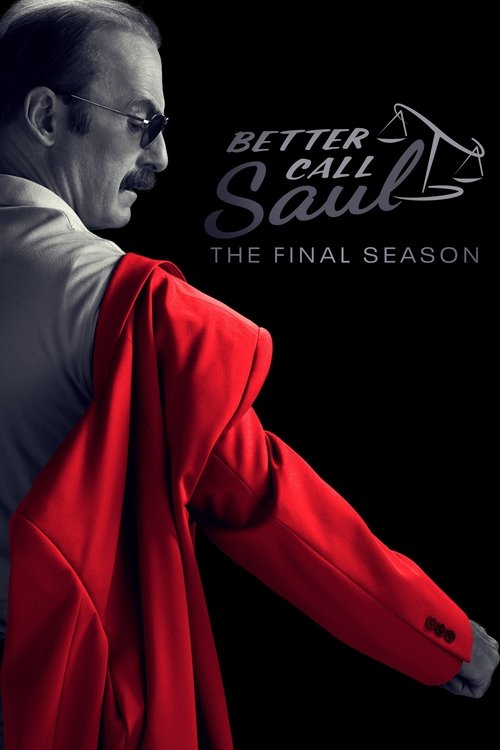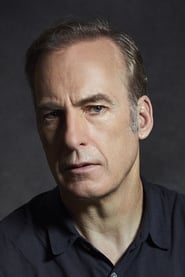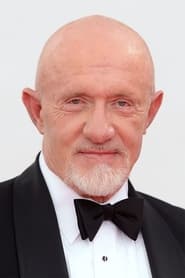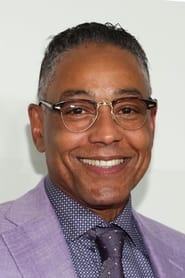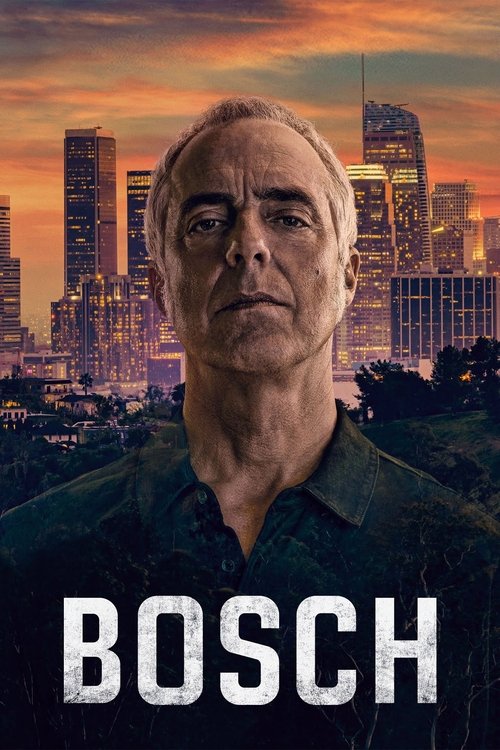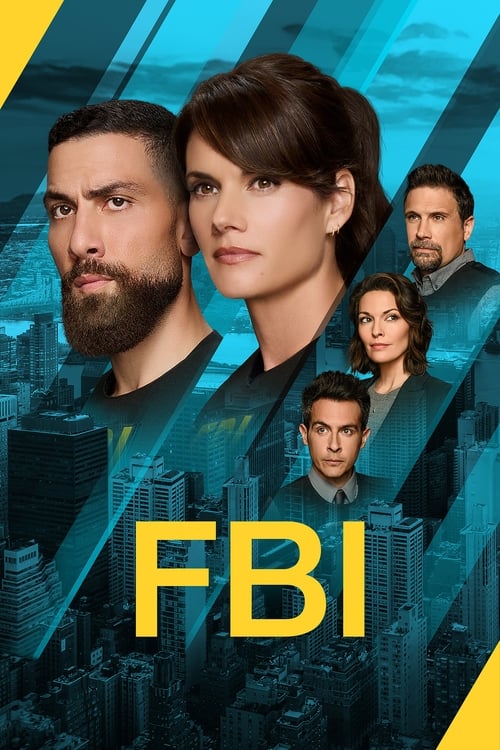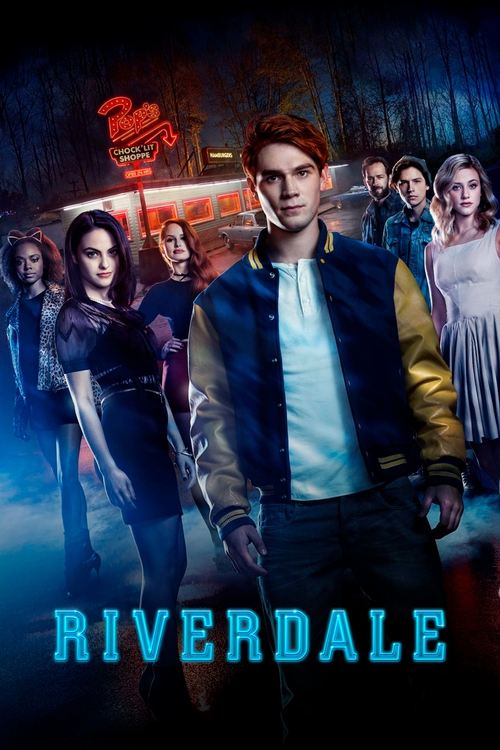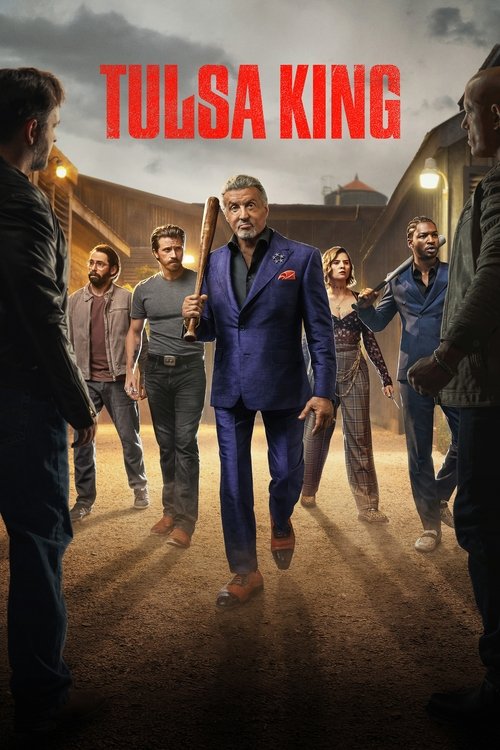
Ask Your Own Question
What is the plot?
The season opens with a cold open set in black-and-white, showing Saul Goodman, now living under the alias "Gene Takavic" in Nebraska. He is working at a Cinnabon store, where he is visibly anxious and paranoid about being recognized. One day, he notices a man who seems to be following him, which heightens his anxiety. He goes home and meticulously checks his apartment for any signs of being discovered. The tension builds as he struggles with his new life, feeling trapped and fearful of his past catching up with him.
In the next sequence, we shift back to the events following the conclusion of Season 5. Jimmy McGill, now fully embracing his Saul Goodman persona, is dealing with the fallout from the events surrounding the death of Howard Hamlin. He and Kim Wexler are navigating their relationship, which is strained by their differing moral compasses. Kim is increasingly drawn to the darker aspects of their legal work, while Jimmy revels in the chaos and manipulation. They plot to take revenge on Howard's legacy, which leads them to devise a scheme to tarnish his reputation posthumously.
As the season progresses, we see Kim and Jimmy execute their plan against Howard. They stage a scenario where they manipulate a meeting with a former client of Howard's, leading to a public confrontation that humiliates him. This act of revenge is a turning point for Kim, as she becomes more deeply entrenched in morally questionable actions, while Jimmy thrives on the thrill of their schemes. Their relationship becomes more complicated as they both embrace their darker sides.
Meanwhile, we follow the story of Nacho Varga, who is caught in the crossfire of the escalating conflict between Gus Fring and the Salamanca family. Nacho is forced to make a desperate decision to protect his father from the violent world he is entangled in. He ultimately decides to betray the Salamancas by providing information to Gus, which leads to a tense confrontation with Lalo Salamanca. Nacho's internal struggle is palpable as he weighs his loyalty to his family against his desire to escape the criminal life.
As the season unfolds, Lalo Salamanca survives an assassination attempt orchestrated by Gus and his men. He goes into hiding, plotting his revenge. Lalo's cunning and resourcefulness are highlighted as he manages to evade capture and begins to gather resources to strike back at Gus. His return to the forefront of the conflict adds a layer of tension, as he is determined to reclaim his position and settle scores.
In a pivotal moment, Kim and Jimmy's relationship reaches a breaking point. Kim, feeling the weight of their actions and the consequences of their schemes, decides to confront her own moral boundaries. She ultimately chooses to leave Jimmy, realizing that their paths have diverged irreparably. This decision is fraught with emotion, as Kim grapples with her love for Jimmy and her desire to reclaim her integrity.
The season builds towards a climax with the confrontation between Gus and Lalo. In a tense showdown, Lalo confronts Gus at his home, leading to a violent and dramatic encounter. The stakes are incredibly high, and both characters are driven by their motivations for power and survival. The scene is filled with suspense as they engage in a battle of wits and wills, culminating in a shocking twist that leaves viewers on edge.
As the season nears its conclusion, we see the fallout from the various character arcs. Kim's decision to leave Jimmy leads her to a new path, while Jimmy continues to embrace his Saul Goodman persona, fully immersing himself in the criminal underworld. The emotional weight of their choices hangs heavy as they navigate the consequences of their actions.
In the final episodes, the narrative shifts back to Gene Takavic, who is still living in fear of being discovered. His past catches up with him when he encounters a former associate, leading to a tense and dangerous situation. The stakes are raised as Gene must confront the reality of his choices and the life he left behind. The season ends on a cliffhanger, leaving viewers questioning the fates of the characters and the repercussions of their actions.
What is the ending?
In the ending of "Better Call Saul" Season 6, Jimmy McGill, now fully embracing his alter ego Saul Goodman, faces the consequences of his actions. After a series of events that lead to the downfall of several characters, including the tragic fate of Kim Wexler, Jimmy ultimately confesses to his crimes and takes responsibility for his past. The series concludes with him in prison, reflecting on his choices and the impact they had on those around him.
As the final episodes unfold, the tension escalates, leading to a climactic conclusion for each character.
In the first scene of the finale, we see Jimmy McGill, now Saul Goodman, living in the aftermath of his choices. He is in a lavish office, surrounded by the trappings of his success, but there is a palpable emptiness in his demeanor. The camera lingers on his face, capturing the conflict within him as he navigates the duality of his identity. He is both the charming lawyer and the morally compromised man who has hurt those he loves.
The narrative shifts to Kim Wexler, who is grappling with her own guilt and the fallout from her decisions. She is seen in a stark, dimly lit apartment, reflecting on her life choices. The emotional weight of her past actions hangs heavily over her, and she is haunted by the consequences of her involvement with Saul. In a pivotal moment, she decides to confront her past, leading her to a crucial meeting with the authorities.
As the story progresses, we witness the unraveling of the lives intertwined with Jimmy and Kim. The tension builds as characters like Mike Ehrmantraut and Gus Fring face their own fates, each dealing with the repercussions of their actions in the drug trade. The stakes are high, and the atmosphere is thick with suspense.
In a powerful scene, Kim visits Saul in a moment of reckoning. Their conversation is charged with emotion, as they both acknowledge the damage their relationship has caused. Kim expresses her desire to take responsibility for her part in the chaos, and the weight of their shared history is palpable. This moment serves as a turning point for both characters, highlighting their internal struggles and the complexity of their bond.
The climax of the series arrives when Jimmy, faced with the reality of his actions, makes a bold decision. He chooses to confess to the authorities, fully aware of the consequences that await him. The scene is tense, with close-ups capturing the turmoil on his face as he lays bare his misdeeds. His confession is not just a legal maneuver; it is a moment of self-acceptance and a desire for redemption.
As the series draws to a close, we see the aftermath of Jimmy's decision. He is in prison, a stark contrast to the life of luxury he once led. The camera captures the bleakness of his surroundings, emphasizing the isolation he now faces. Yet, there is a sense of peace in his acceptance of his fate. He reflects on his choices, and the final moments of the series show him engaging in a conversation with fellow inmates, hinting at a glimmer of hope for connection and understanding.
In the end, Kim Wexler's fate is left somewhat ambiguous, but it is clear that she has chosen a path of accountability. The series concludes with a poignant reminder of the complexities of morality, the weight of choices, and the possibility of redemption, leaving viewers to ponder the lasting impact of the characters' journeys.
Is there a post-credit scene?
In the final episode of "Better Call Saul," titled "Saul Gone," there is indeed a post-credit scene. This scene takes place in a Nebraska Cinnabon, where we find Jimmy McGill, now living under the alias Gene Takavic.
The scene opens with Gene in the back of the store, nervously glancing around as he prepares to close up for the night. The atmosphere is tense, filled with the hum of the fluorescent lights and the faint sound of the mall outside. Gene's demeanor is anxious, reflecting the weight of his past and the constant fear of being discovered.
As he finishes his work, he steps outside into the dimly lit mall, where he is momentarily blinded by the bright lights. He walks through the empty corridors, his footsteps echoing, and we can see the paranoia etched on his face. He is hyper-aware of his surroundings, constantly looking over his shoulder, embodying the anxiety of a man who has lived in hiding.
In a moment of vulnerability, Gene stops at a payphone, contemplating a call. The camera lingers on his face, revealing a mix of longing and regret as he considers reaching out to someone from his past. However, he ultimately decides against it, retreating back into the shadows of his new life.
The scene encapsulates Gene's internal struggle, showcasing his isolation and the haunting memories of his former life as Saul Goodman. It serves as a poignant reminder of the consequences of his choices, leaving viewers with a sense of unresolved tension and the lingering question of whether he can ever truly escape his past.
What happens to Kim Wexler in Season 6?
In Season 6, Kim Wexler's character undergoes significant development. After the events of Season 5, where she and Jimmy McGill (Saul Goodman) orchestrate a scheme against Howard Hamlin, Kim grapples with the moral implications of her actions. She becomes increasingly disillusioned with the legal profession and her own choices. In a pivotal moment, she decides to leave Jimmy, realizing that their relationship is toxic and that she cannot continue down the path they are on. This decision leads her to a new life in Florida, where she attempts to start fresh, but the shadow of her past looms large.
How does Howard Hamlin's character arc conclude in Season 6?
Howard Hamlin's arc in Season 6 is marked by his increasing vulnerability and desperation. After being targeted by Kim and Jimmy's scheme, he becomes more erratic and paranoid. In a tragic turn of events, Howard confronts Jimmy and Kim at a pivotal moment, leading to a confrontation that results in his accidental death. This moment is shocking and serves as a catalyst for the characters' further descent into moral ambiguity, deeply affecting both Kim and Jimmy.
What role does Lalo Salamanca play in Season 6?
Lalo Salamanca's role in Season 6 is crucial as he continues to be a formidable antagonist. After surviving an assassination attempt, he returns to Albuquerque with a vengeance. Lalo's cunning and ruthlessness are on full display as he seeks to eliminate his enemies and regain control over the drug trade. His interactions with other characters, particularly Nacho Varga and Gus Fring, highlight his manipulative nature and the high stakes of the drug war. Lalo's presence creates tension and drives the narrative forward, culminating in a dramatic showdown.
What is the significance of Nacho Varga's storyline in Season 6?
Nacho Varga's storyline in Season 6 is one of sacrifice and redemption. As he finds himself trapped between the Salamanca family and Gus Fring, Nacho grapples with his loyalty and the consequences of his choices. His character arc culminates in a desperate bid for freedom, where he ultimately decides to take a stand against the Salamanca family. In a poignant moment, he sacrifices himself to protect his father, showcasing his growth and the weight of his past decisions. This act of bravery serves as a turning point in the series, highlighting the themes of loyalty and the cost of survival.
How does Jimmy McGill's transformation into Saul Goodman progress in Season 6?
In Season 6, Jimmy McGill's transformation into Saul Goodman reaches its zenith. As he navigates the fallout from his and Kim's actions, he fully embraces his alter ego, adopting the morally flexible and flamboyant persona of Saul Goodman. His legal practices become increasingly unethical, and he begins to operate in the gray areas of the law, showcasing his charm and manipulation skills. This transformation is marked by a series of increasingly risky decisions, reflecting his internal conflict and the allure of power. The season explores the consequences of his choices, leading to a deeper understanding of his character's motivations and the tragic trajectory of his life.
Is this family friendly?
"Better Call Saul" Season 6 is not considered family-friendly and contains several potentially objectionable or upsetting elements that may affect children or sensitive viewers. Here are some aspects to be aware of:
-
Violence: The season includes scenes of physical altercations, gun violence, and the aftermath of violent events, which can be graphic and intense.
-
Mature Themes: The show explores complex themes such as morality, crime, and the consequences of one's choices, which may be difficult for younger viewers to understand.
-
Substance Abuse: There are depictions of drug use and the impact of addiction on individuals and their relationships.
-
Strong Language: The dialogue includes frequent use of profanity and harsh language, which may not be suitable for younger audiences.
-
Emotional Distress: Characters experience significant emotional turmoil, including betrayal, loss, and moral conflict, which can be heavy and distressing.
-
Dark Humor: The show employs dark humor that may not resonate well with all viewers, particularly younger ones.
These elements contribute to the overall mature tone of the series, making it more appropriate for adult audiences.

